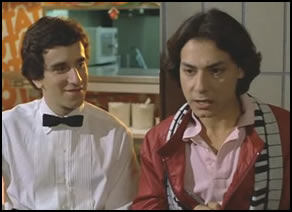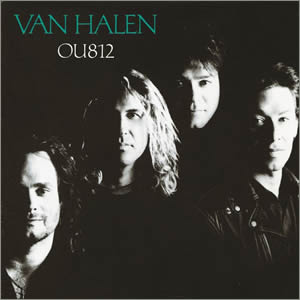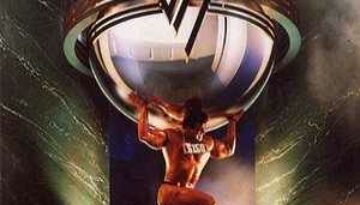The Movie Soundtrack
The movie soundtrack has become a great source for discovering music. Many dramatic scenes are fully augmented by appropriate audio, which in turn drives sales of the songs themselves. It is a nice […]

The movie soundtrack has become a great source for discovering music. Many dramatic scenes are fully augmented by appropriate audio, which in turn drives sales of the songs themselves. It is a nice […]

Buy OU812 Following the success of the group’s first #1 album, 5150 (as well as the mammoth tour which followed), Van Halen scored similar success with the followed-up OU812 in 1988. These were […]

Buy 5150 With the possible exception of AC/DC, it is hard to find an example of an established rock band with a single, charismatic, lead singer that becomes even more successful once that […]